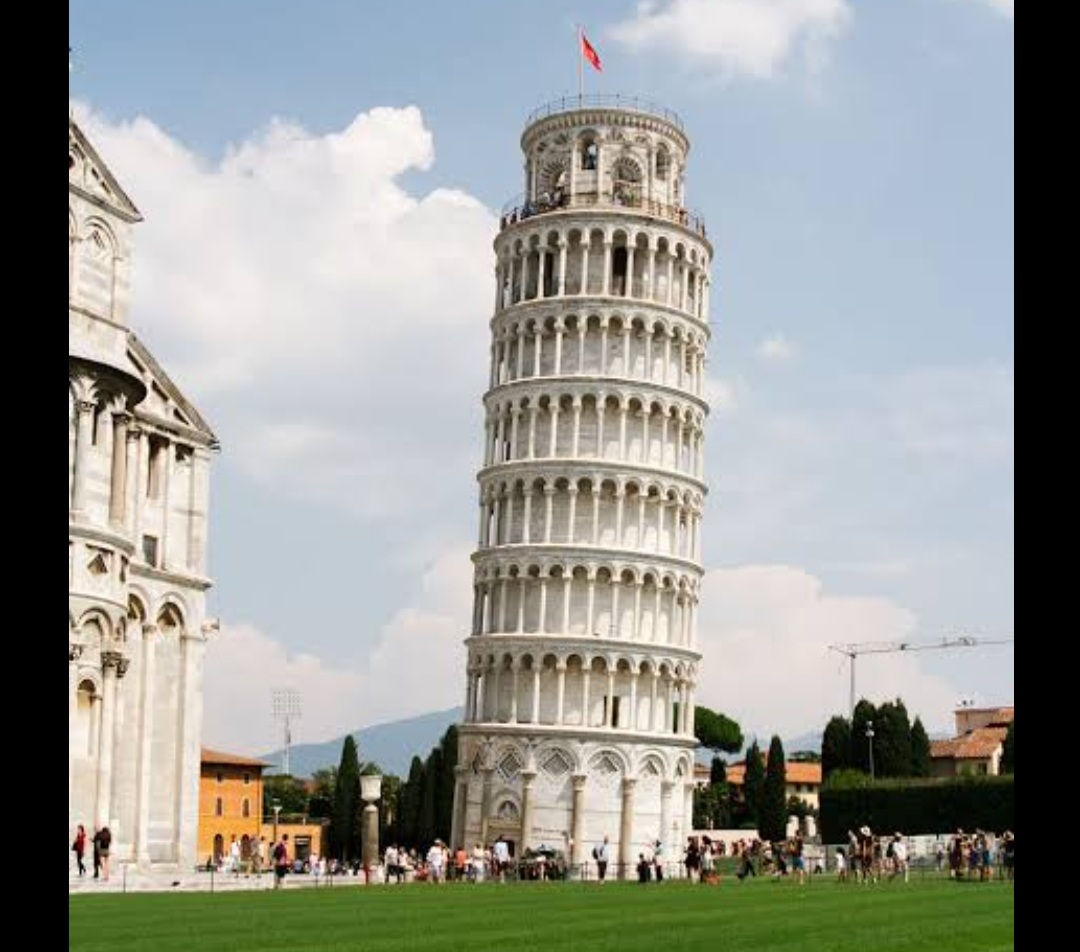The Tower of Pisa is a bell tower of the cathedral of Pisa in Italy. It leans because of a combination of factors, including its soft ground and its flawed design. The tower was built on a foundation of soft clay, sand, and shells, which are not stable enough to support its weight, which caused the ground to shift and sink unevenly beneath the tower’s weight. Additionally, the tower was built with a slight curve in its base, which caused it to tilt even more over time. The tilt is about 17 feet or more than 5 degrees from the perpendicular.
Construction on the tower began in 1173, and it quickly became apparent that the ground beneath it was too soft to support its weight. Builders tried to compensate for this by adding more weight to the opposite side of the tower by building the upper levels at an angle to counteract the lean, but this only made the problem worse. Over the centuries, the tower continued to lean, with its tilt reaching a dangerous angle by the early 20th century.
In the 1990s, engineers undertook a massive renovation project to stabilize the tower and prevent it from toppling over. They removed some of the soil beneath the tower and installed a complex system of weights and counterweights to straighten it out. Although it is much more stable than it was before the renovation the tower still leans. The tower continues to tilt by a quarter of an inch each year.
